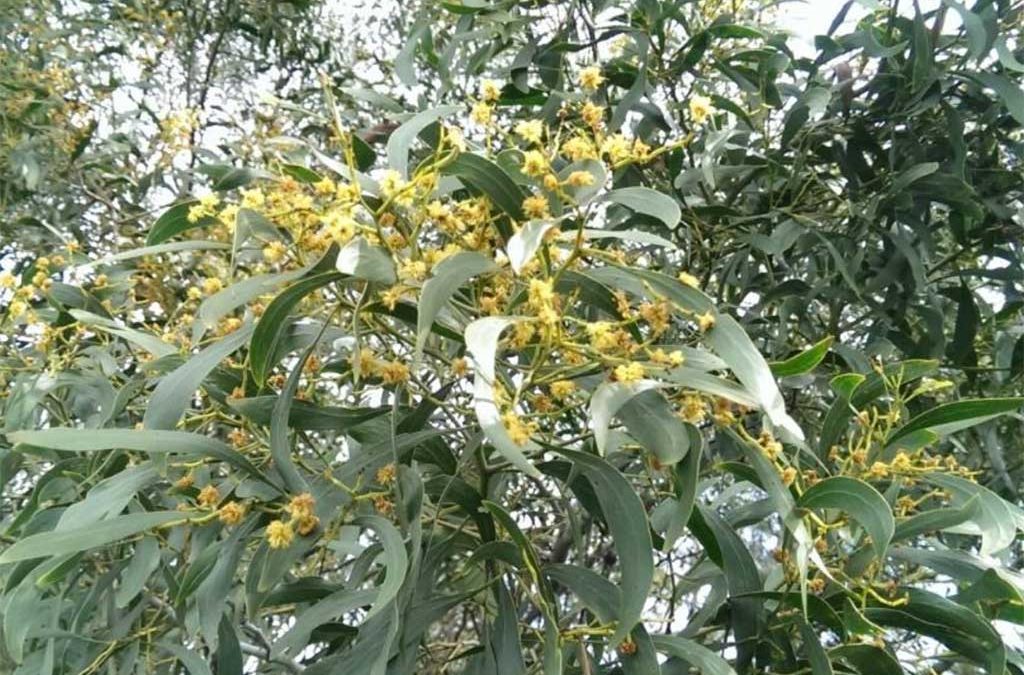Acacia elata
Acacia elata, often referred to as the Cedar Wattle or the Mountain Cedar Wattle is most commonly found in Eastern Australia and particularly in the Mornington Peninsula.
It can grow to over 18 metres in height, with some recorded specimens reaching as tall as 30 metres; it prefers a near rainforest-type habitat and wet sclerophyll forest too.
The Cedar Wattle is certainly an aesthetically pleasing tree with surprisingly delicate foliage; the flower boasts extremely large heads with straight pods of around 14cm by 14mm. Often it is cultivated and its timber is sought after for use in carpentry projects as it is attractive, hard and close-grained. It can produce truly beautiful furniture amongst other things.
Note that it is on the Mornington Peninsula weed list.
There are however six varieties of Acacia including the Cedar Wattle found in the Mornington Peninsula; let’s have a look at the other five.
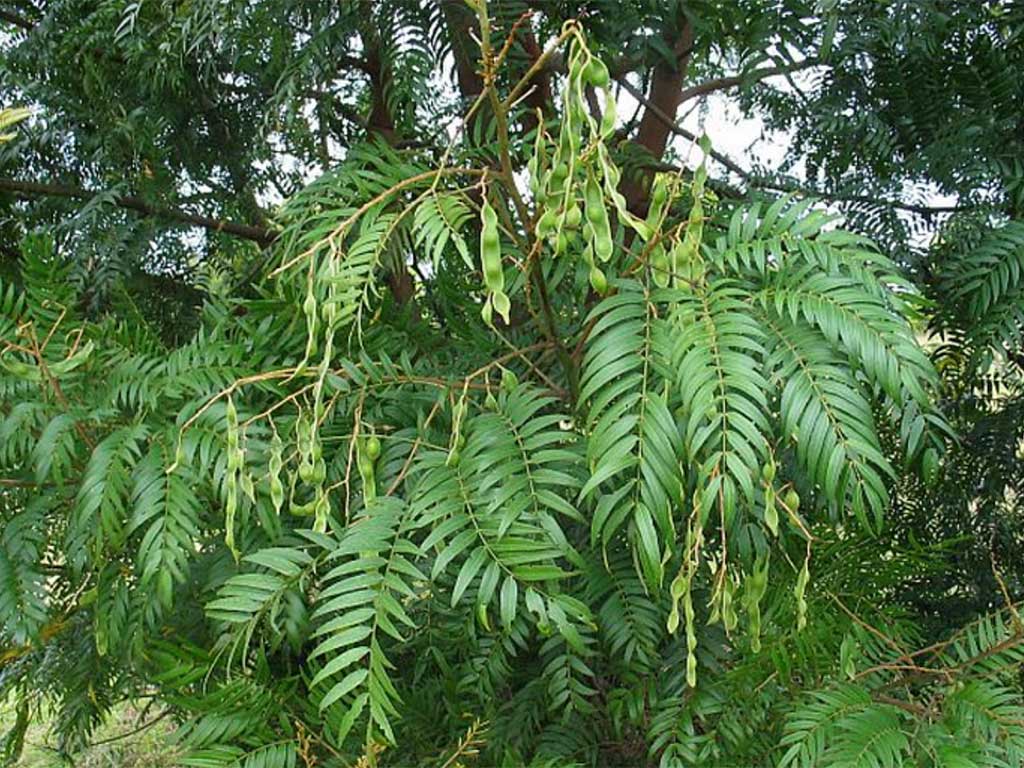
Acacia mearnsii
The Acacia mearnsii is also known as the Late Black Wattle and is commonly found around the Mount Eliza area. Growing to a high range of five to fifteen metres, it has a bipinnate foliage and flowers are pale primrose yellow. It has Racemes of heads in irregularly formed panicles. Its pods are constricted between seeds and are around 15cm by 9 mm.
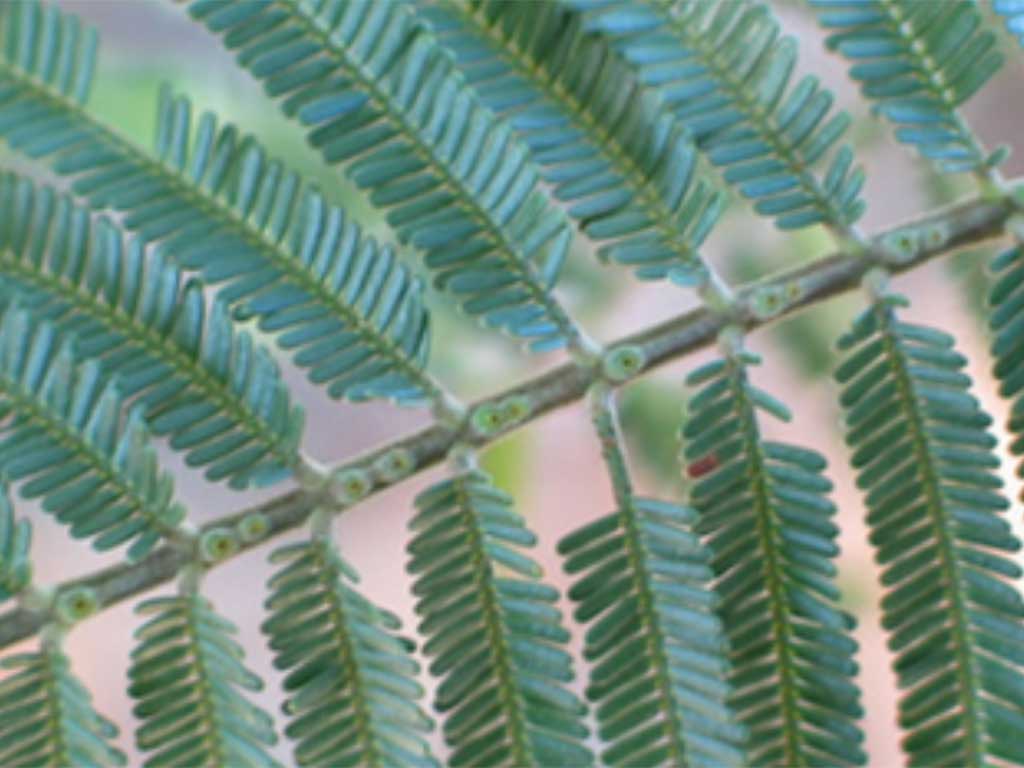
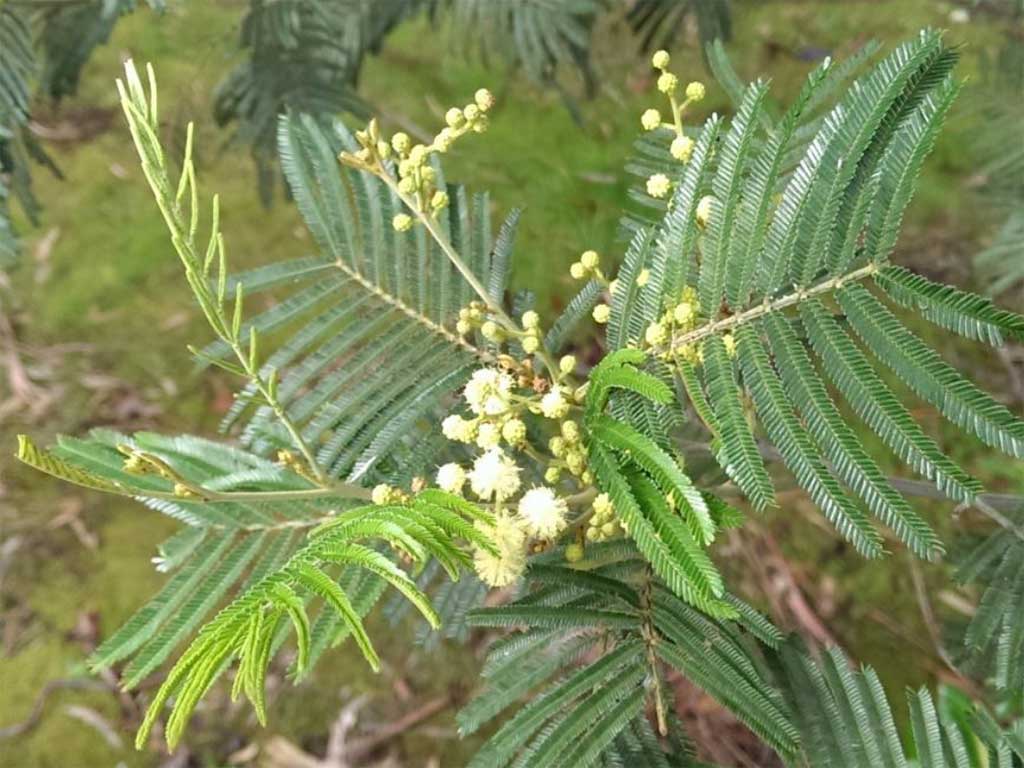
Acacia paradoxa
The Acacia paradoxa is only known as the Kangaroo Thorn and is most prevalent around the Moorooduc area. It is more of a shrub/spreading tree and grows to a high of between two and four metres. In terms of flowers, it has large globular heads on very slender, individual peduncles. Its pods can be straight or curved.
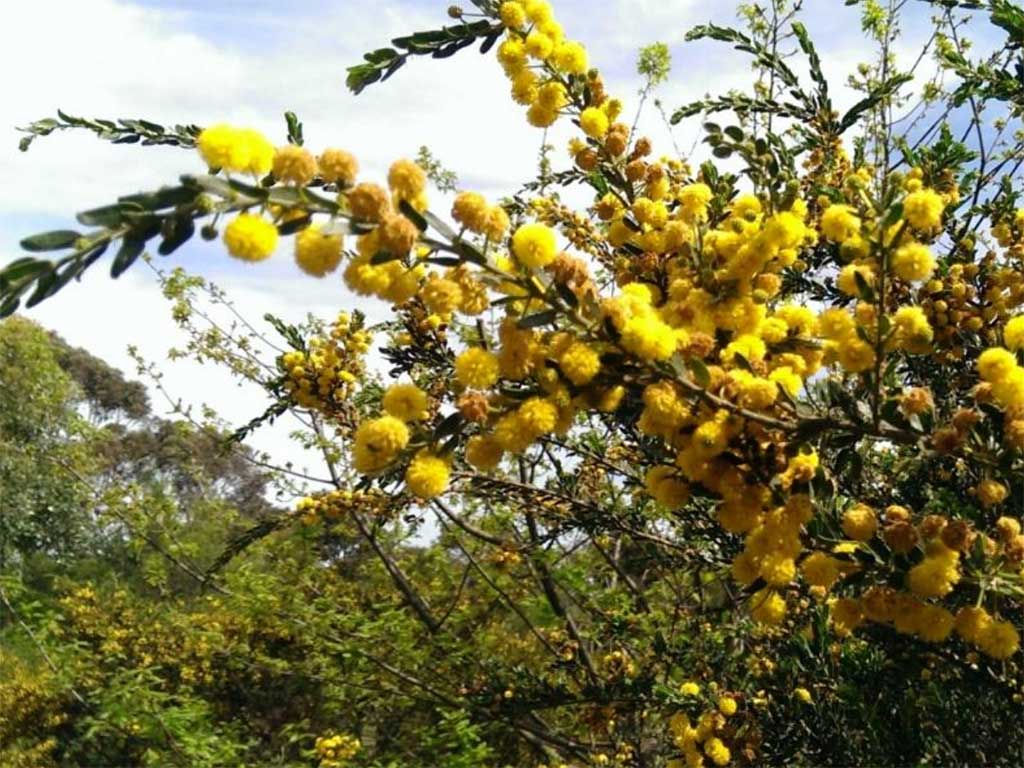
Acacia pycnantha
Otherwise known as the Golden Wattle the Acacia Pycnantha is also most commonly found in the Moorooduc region. It generally stands between three and eight metres and has globular flower heads in racemes. Its pods are pretty flat and more or less straight.
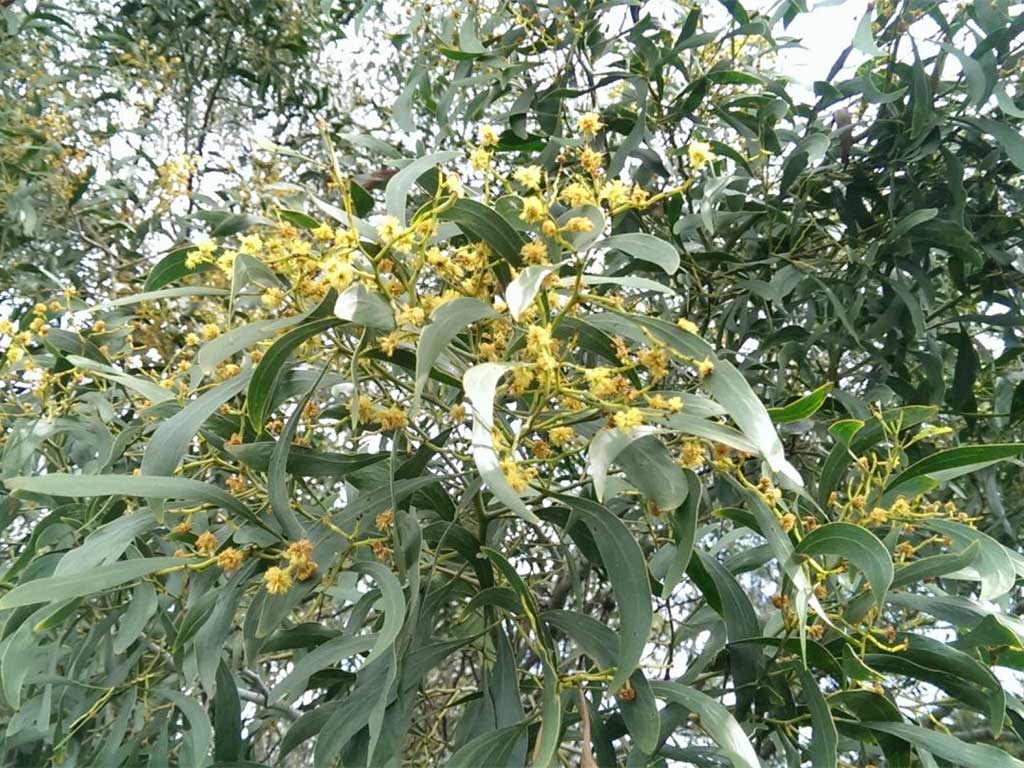
Acacia saligna
Also known as the Golden Wreath Wattle, the Acacia Saligna is common in the Moorooduc area. Again it has globular flowers in racemes though its pods are constricted slightly between seeds.
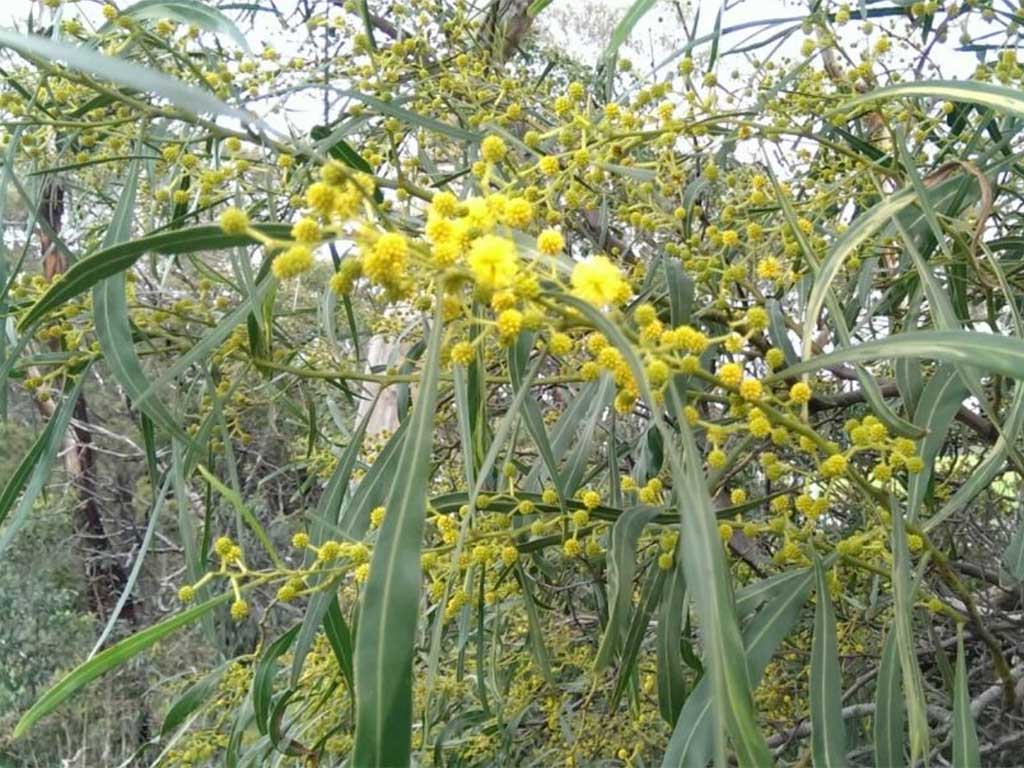
Acacia verticillata
The Acacia verticillata is also known as Prickly Moses and is prevalent in the Hastings area. Its flowers are cylindrical spikes, and its pods are flat and almost straight.
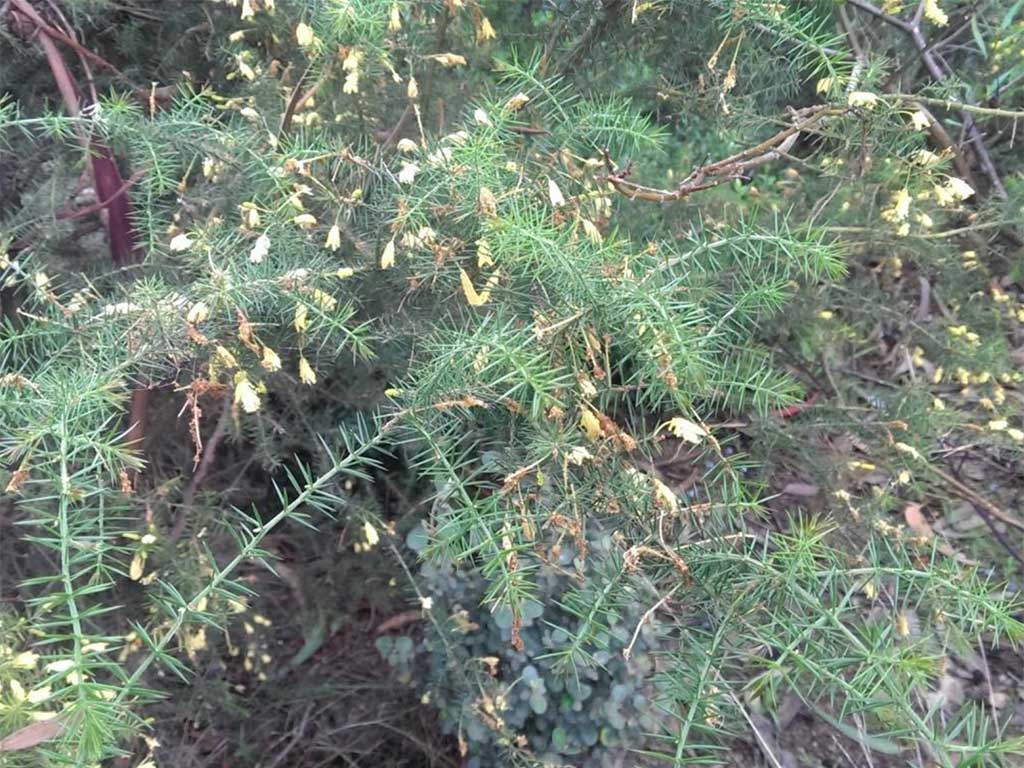
Acacia melanoxylon
The Acacia melanoxylon, also known as the Black Wood and common Victoria wide grows to 30 meters foliage dense and dark green. The foliage of green phyllodes and flowers pale to bright yellow on white-pubescent peduncles. Excellent timber
So hopefully by now, you understand a little more about the different types of Acacia species. We think everyone needs a bit more wattle knowledge in their lives!

